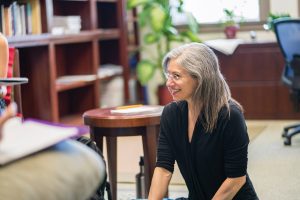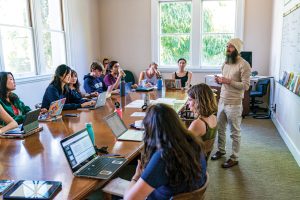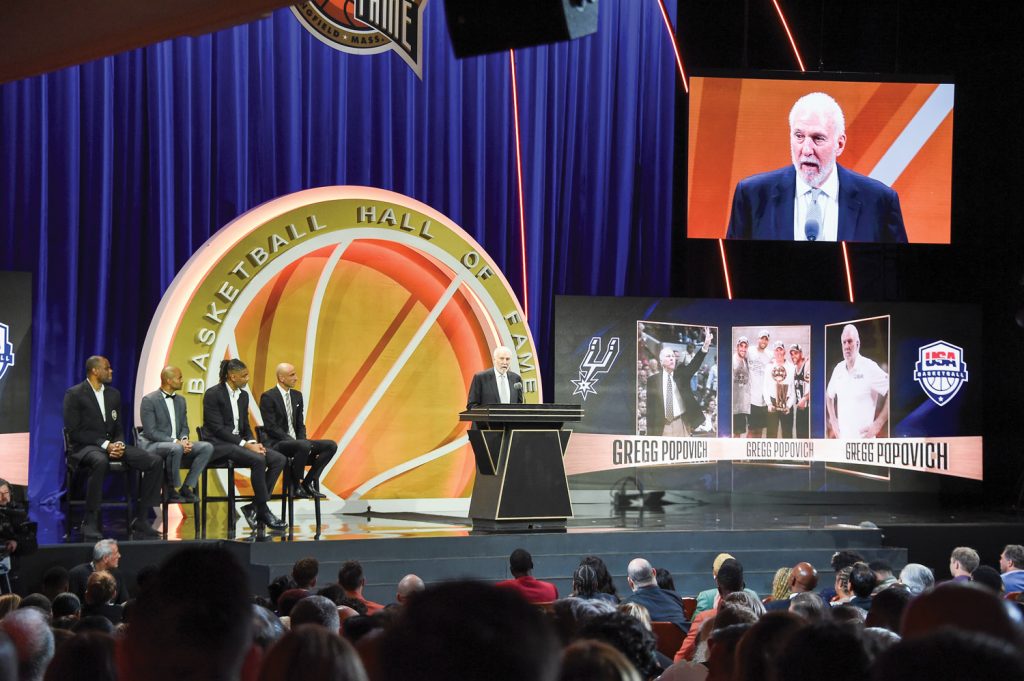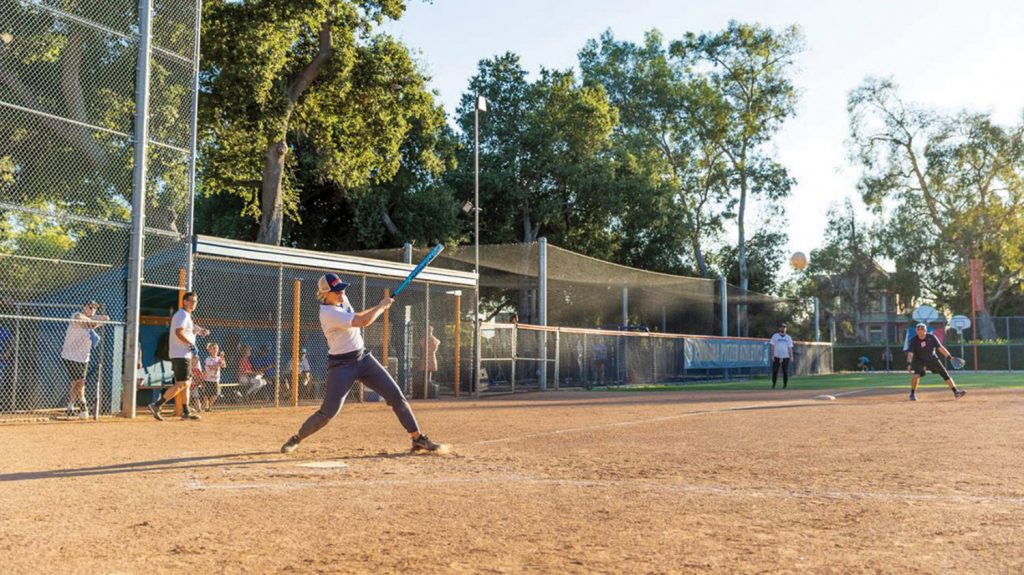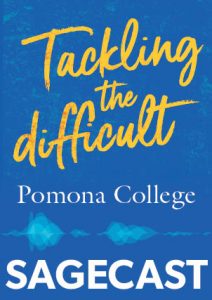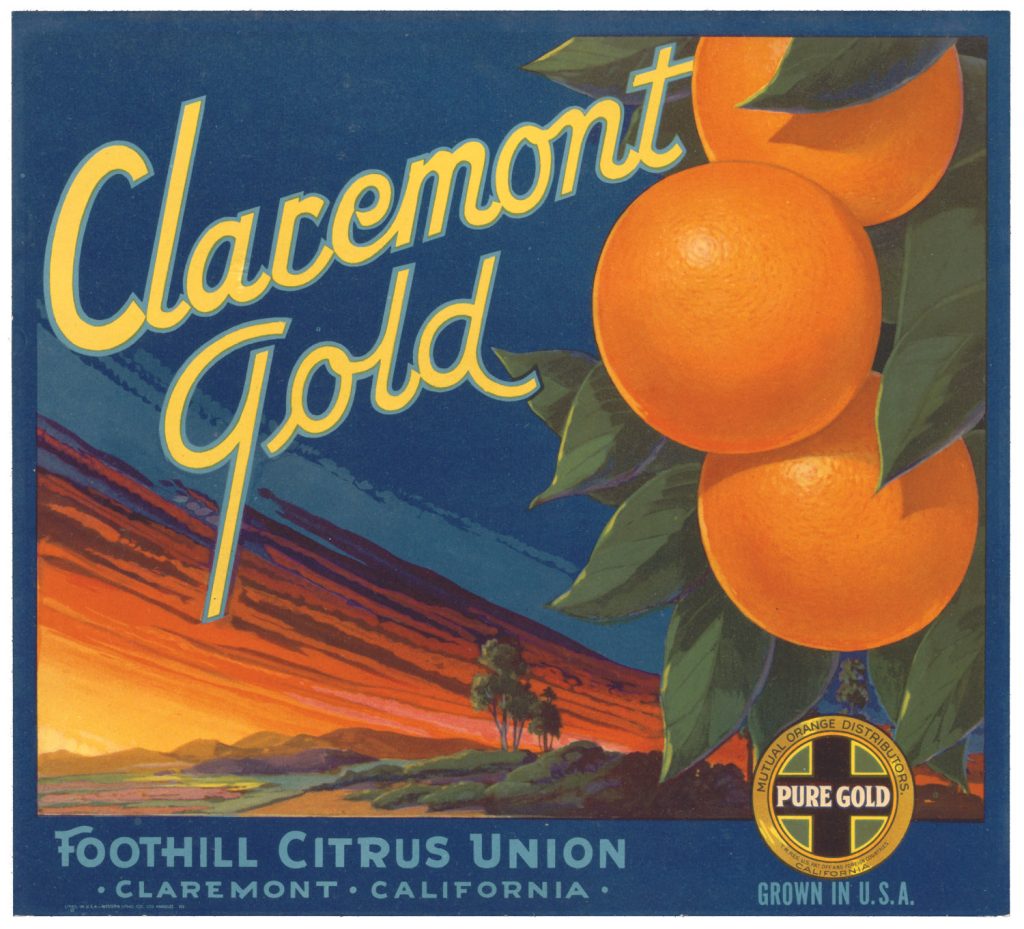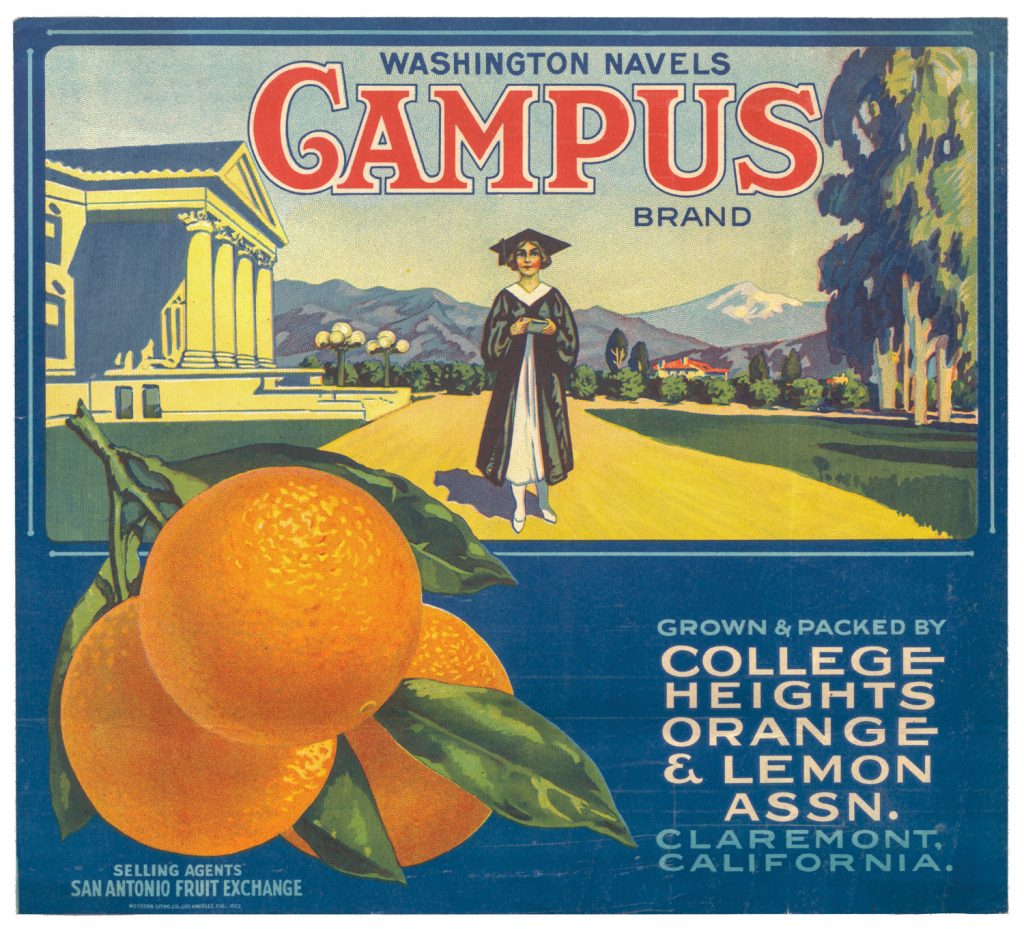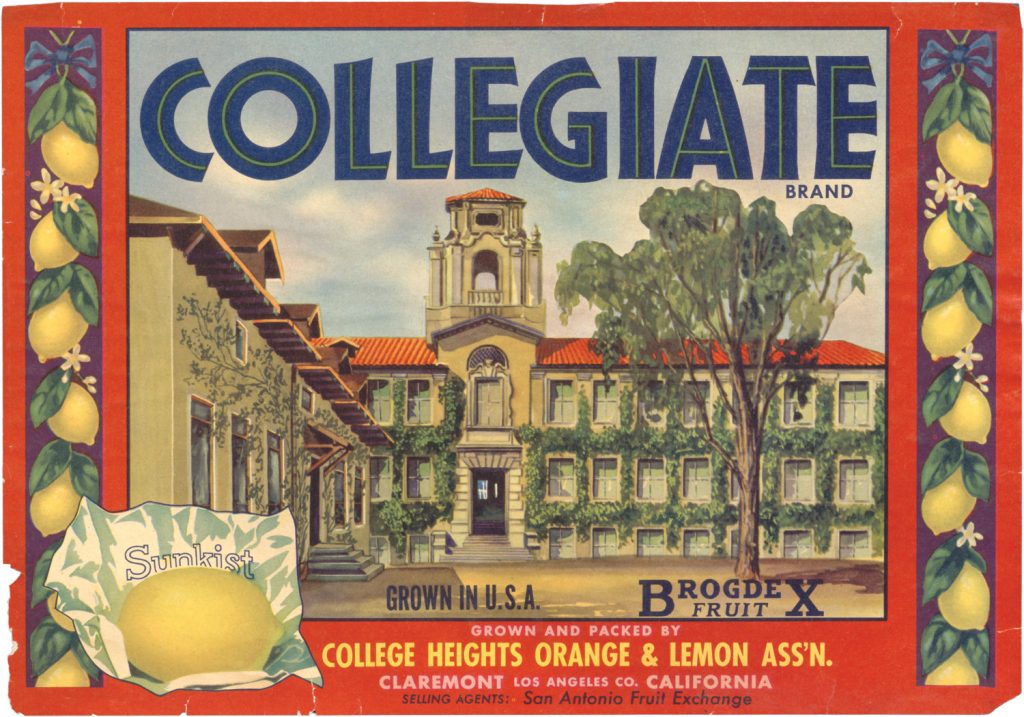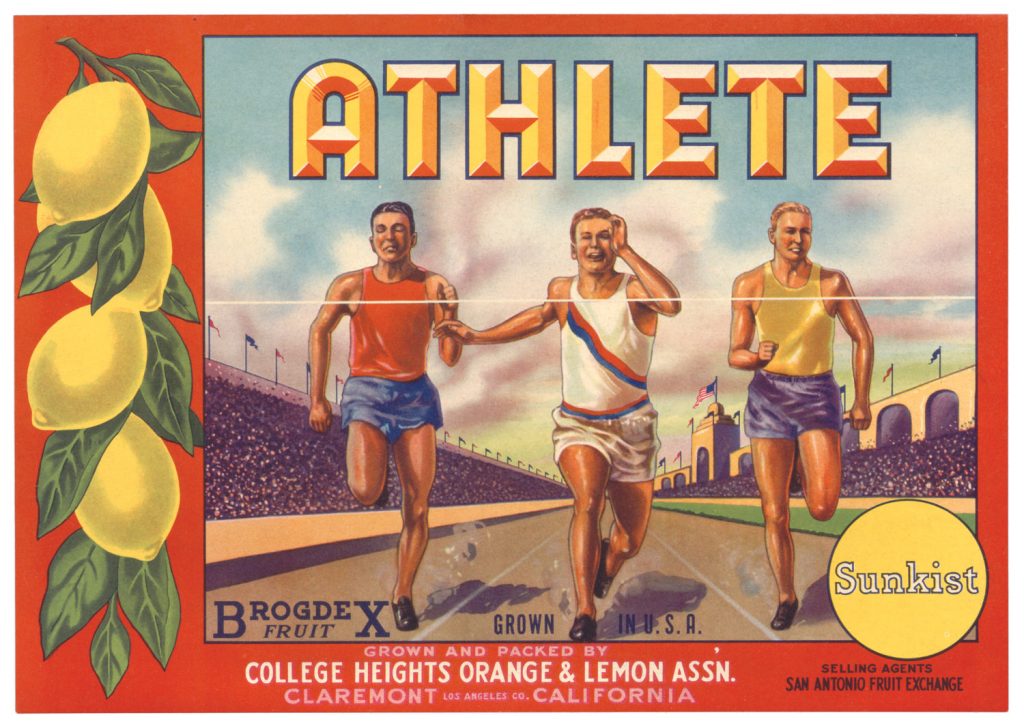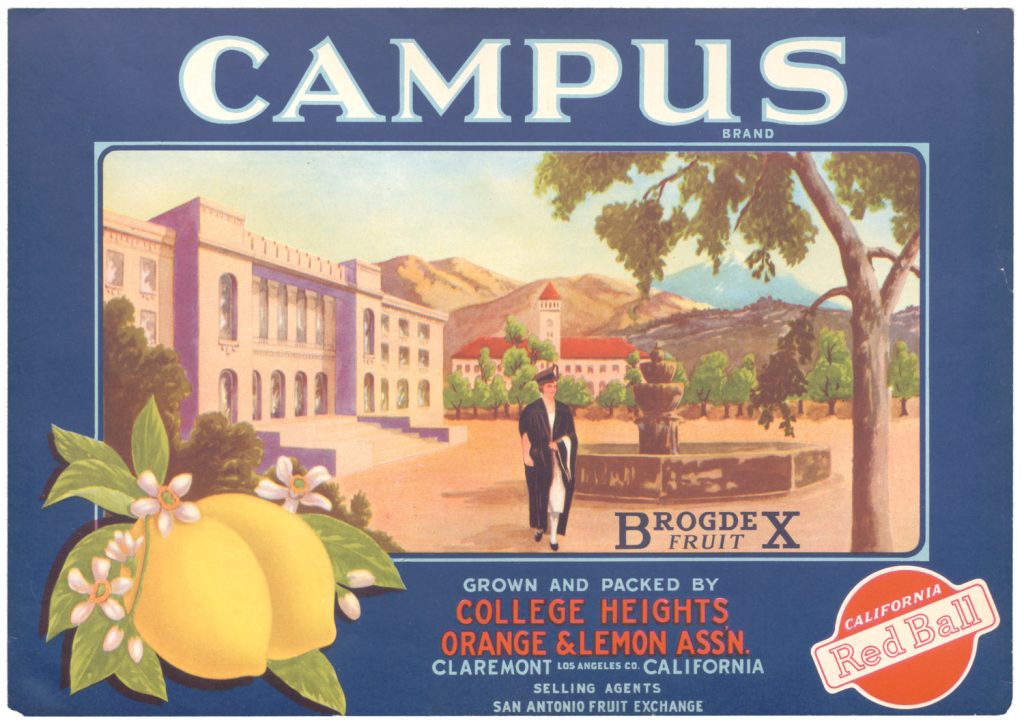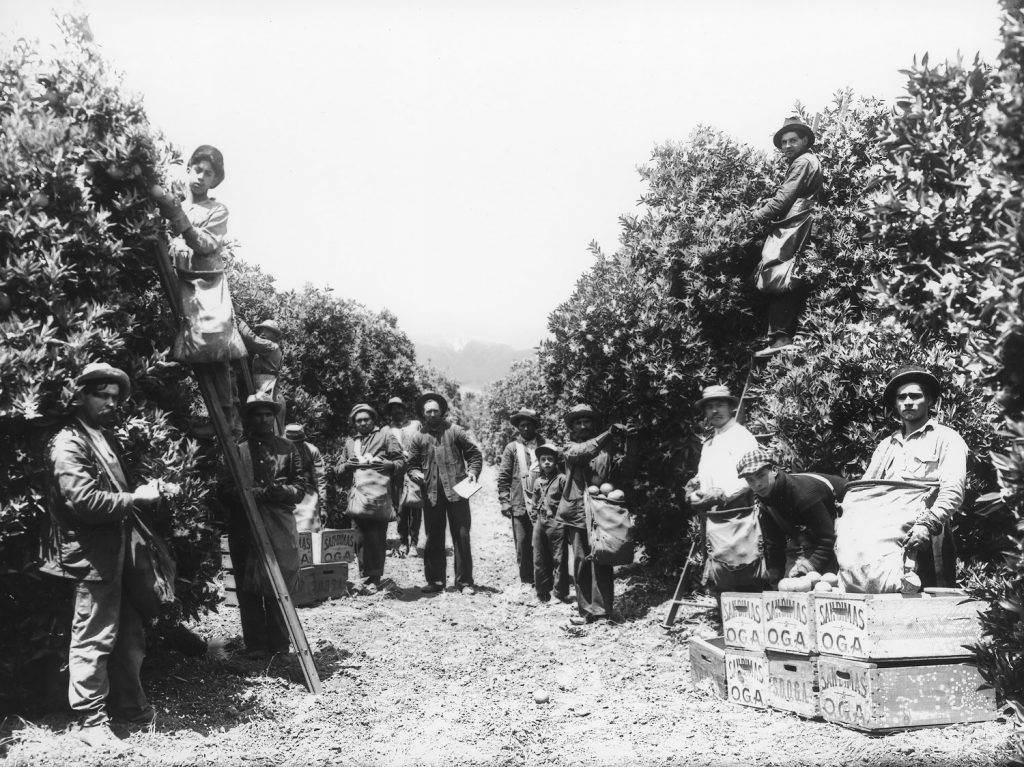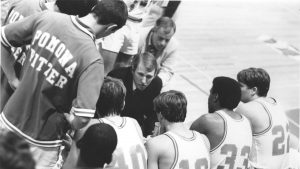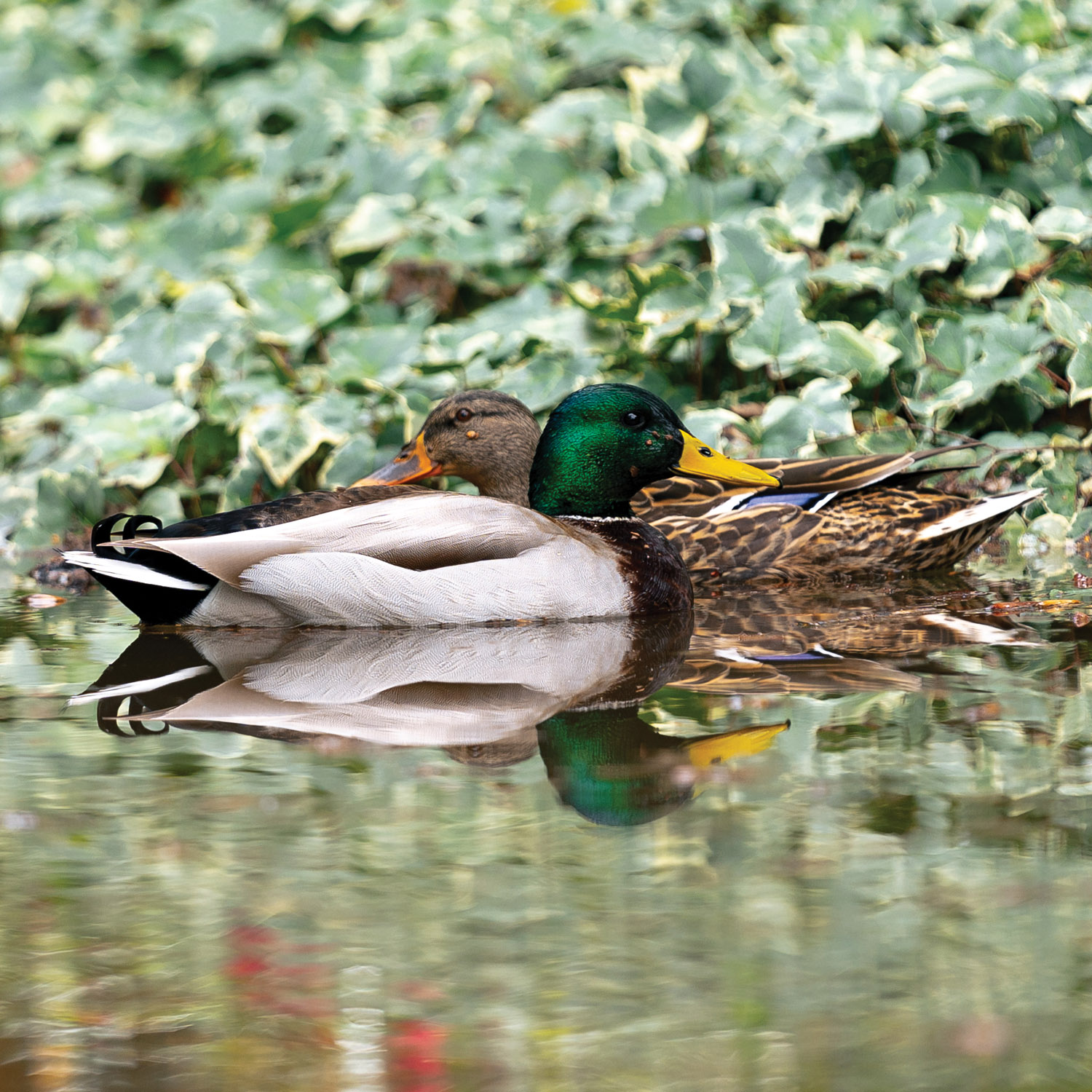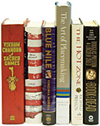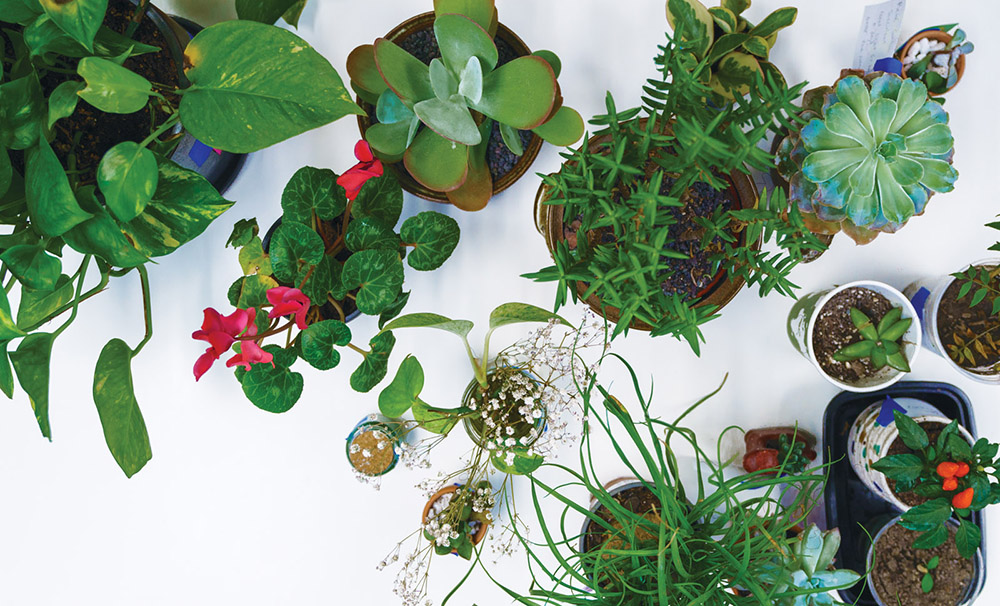
The long winter break provides a respite for students each year, but it can pose a few complications.
For one, how will the plants that make a residence hall room a home survive untended for weeks on end?
Diana Castellanos ’24, a student from Los Angeles, was approached in late 2022 by friends looking for someone to plant-sit before they left campus for break. A known “plant parent” who planned to take her collection home for the holidays, she considered taking her friends’ monsteras, orchids and succulents too, but thought wiser of stashing so many plants in her parents’ living room.
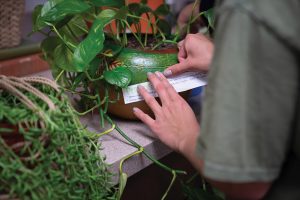
Instead, she asked Pomona faculty and staff for a hand. To her surprise, about a dozen people volunteered to care for students’ plants over break—the founding members of the Plant Babysitters Club.
Castellanos, a biology major on a pre-med track, asked faculty and staff for help again this winter, and a tradition took hold. Whereas the previous year the 21-year-old coordinated the drop-off, distribution and pickup of around 75 plants, about 125 were left the second time around. Fortunately, the number of plant-sitters nearly quadrupled, ensuring every pothos, herb and calathea had a caretaker.
After caring for about 20 plants last year, Title IX and Cares Office Associate Director Abby Lawlor volunteered to do it again.
“Plants really add a lot of life and character into anywhere, and there are some studies that show they have stress-reducing and healing properties,” Lawlor says.
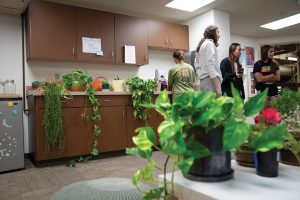
Over two days, Castellanos and some of the EcoReps—students who promote sustainable practices on campus—collected and organized the multitude of plants being dropped off for supervision. They included an ornamental pepper, a tiny succulent in a giraffe planter, and Eric the moss ball.
Before they bid their plants adieu, students taped care instructions—watering frequency, light exposure—to each pot and added their contact information and plant inventory to a Google doc for recordkeeping.
Aimee Bahng, associate professor of gender and women’s studies, took care of five plants the first year and upped her responsibility to eight this time around.
“I like to think about the worlds these plants otherwise inhabit,” Bahng says. “Maybe they bring students some joy during stressful times, some grounding when the world around them feels so unmoored. And maybe I get to play some small role in keeping that ember of joy alive, even when the odds often feel stacked against us.”

